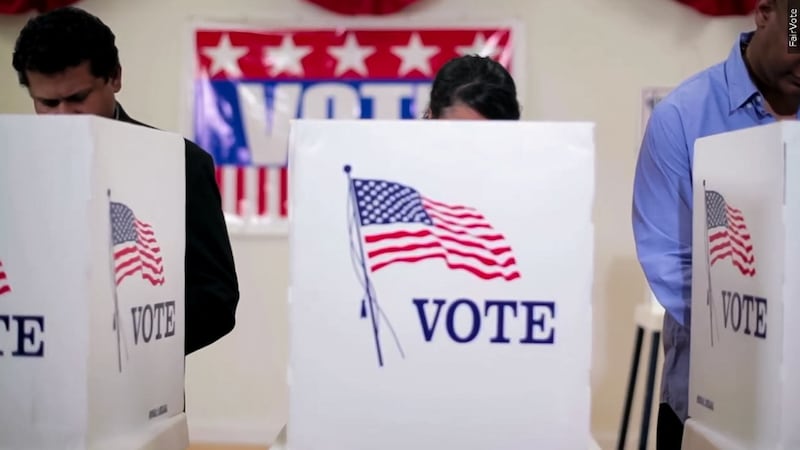75 years of WOWT: The big move to TV
OMAHA, Neb. (WOWT) - On March 12, 1948, WOW AM radio General Manager Bill Wiseman gave a speech about “some great historical event... some big deal”: television.
“Television is coming to Omaha, and soon,” he said at the start of the WOW Commercial TV Clinic held at Hotel Fontenelle. “It will be a great advertising medium.”
Wiseman said that WOW had fully recognized the significance and potential of the medium, and were full-steam-ahead on bringing their own TV station on line.
WOW was jumping in, purchasing a large lot — “big enough for fine studios” — at 35th and Farnum streets near the Blackstone Hotel. Wiseman also announced that they had also invested $50,000-$75,000 in equipment needed to deliver on commercial work they already had on order.
Before making his pitch for bringing the latest technology to Omaha, Wiseman laid out a description of how the newest device came to pass.
At the time of his speech, there were 18 TV stations in the country: three of them in the Washington, D.C. area; three in New York City, and Philadelphia and Los Angeles each had two. There was a station each in Baltimore, Chicago, Cincinnati, Cleveland, Detroit, Milwaukee, Schenectady (N.Y.), and St. Louis — with a handful of those cities planning to add another, if they hadn’t done so already, and dozens more looking to have stations on the air over the next year.
His concern at the time was the finite number of channels available on the existing best frequencies, and he saw an opportunity for Omaha.
Wiseman also laid out the network possibilities, noting that “all of the major AM radio networks are planning television networks.”
National networks were expected to move into Omaha sometime in the next year, he said, and that it seemed likely that WOW-TV would be joining one — with talk of regional networks already underway. Specifically, the networks were hoping to have these connections established ahead of “four big upcoming news events”: national political conventions in the summer, the November election, big league baseball games, and footbal games — rights had already been secured to air all USGA competitions.
Then came the advertising pitch.
Needless to say, times were very different then.
Televisions had been in the Omaha area since 1930, and he talked about a traveling demonstration showing up at the Brandeis building at 17th and Douglas streets around 1934.
But they weren’t cheap, at least by 1948 standards, even as Wiseman pointed out those “approximate” prices were expected to change “from time to time.”
Wiseman also talked about the importance of having experts on staff. He credited Joe Herold and Bill Kotera, whom he referred to as “scientists,” for WOW’s push into television in the first place.
In 1934, Russ Baker — with a background in acting, directing, and producing — joined the staff, and the real experimentation began.
With some workable “devices” in hand, they set out to put in use around the community. They even had make-up tests along the way to establish proper techniques and ensure everyone put in front of the camera looked their very best.
There were recordings of the Jan. 8, 1947, Creighton Bluejays game against Wichita and later a “dramatic piece” featuring Creighton students. Later that month, on Jan. 20, the men put together a skit called “Paul’s Present,” about a pickup ping-pong game. On Feb. 25, they did a “semi-public” variety show demo.
On March 12, they got an amateur hockey game recorded at Ak-Sar-Ben Coliseum, and by the end of the month, they were getting footage of amateur boxing matches. In April, they experimented with puppets and miniature sets alongside a “local lady” hobbyist.
That May, they did a first telecast from a store opening: the new Lyon & Healy storerooms, located near 17th and Douglas streets. They also helped St. Joseph’s hospital televise a surgical operation.
“It might not have been good telecasting for a mass audience,” Wiseman said, “but it did prove the education value of television in this field. Trade papers and medical journals made a big fuss over this event.”
After several months more of boxing matches and dramatic performances, and community events, another important piece of history came into focus: a successful test that would pave the way for televised Nebraska football games.
The future was bright, and Wiseman was optimistic in the market, anticipating as much as $10 million worth of business was up for grabs.
The rest, as they say, is history.
Read Bill Wiseman‘s full speech
Copyright 2024 WOWT. All rights reserved.

















